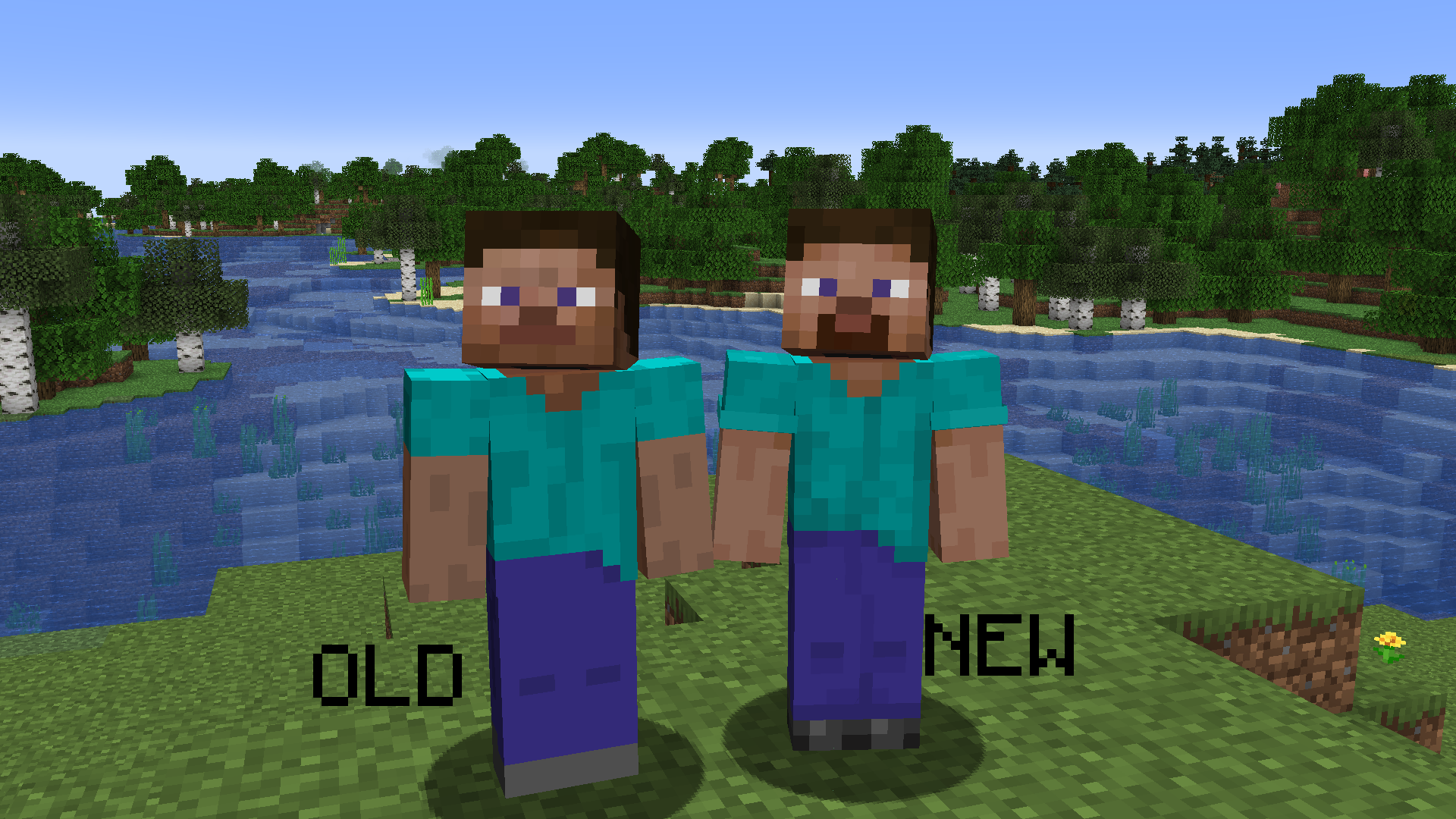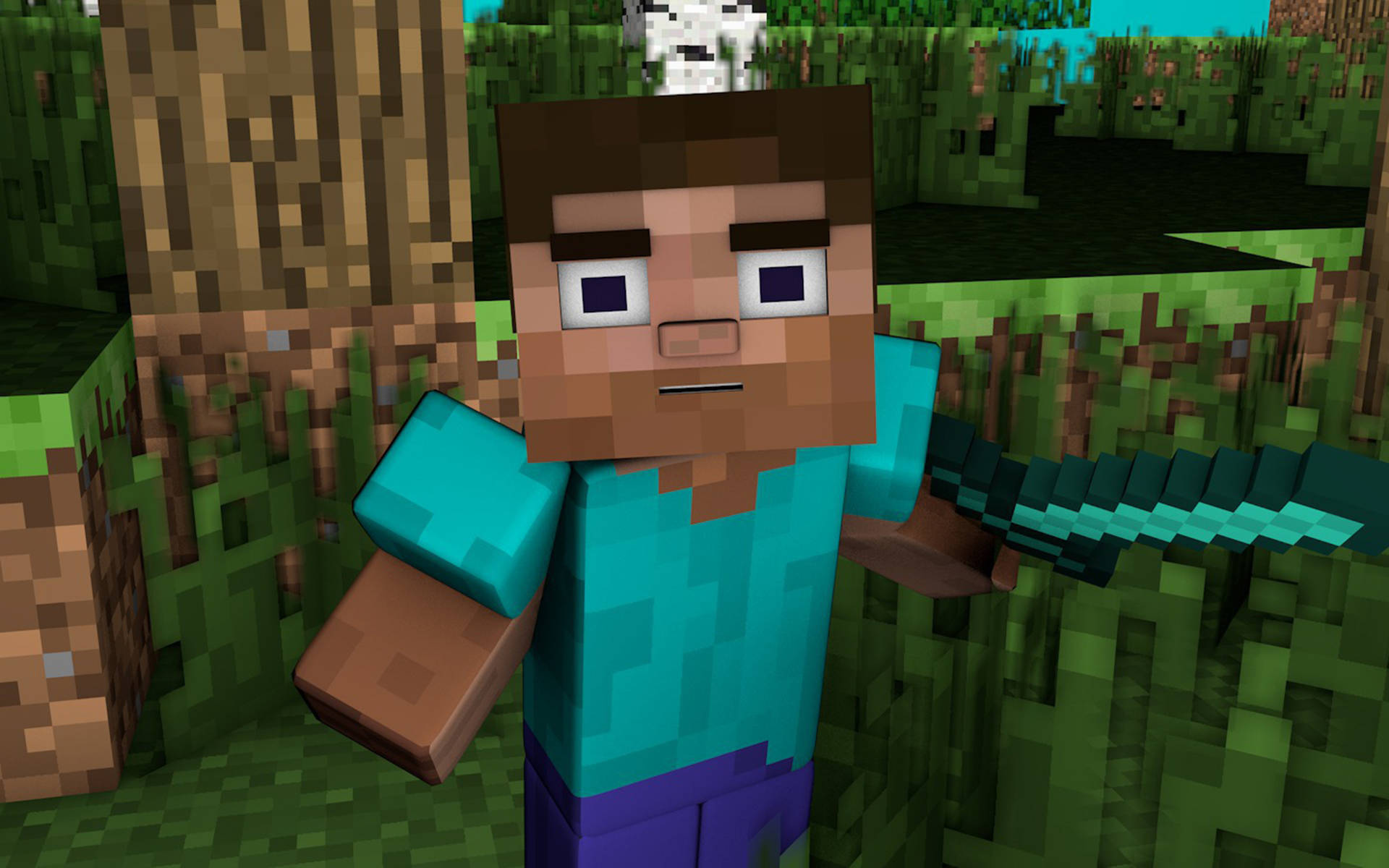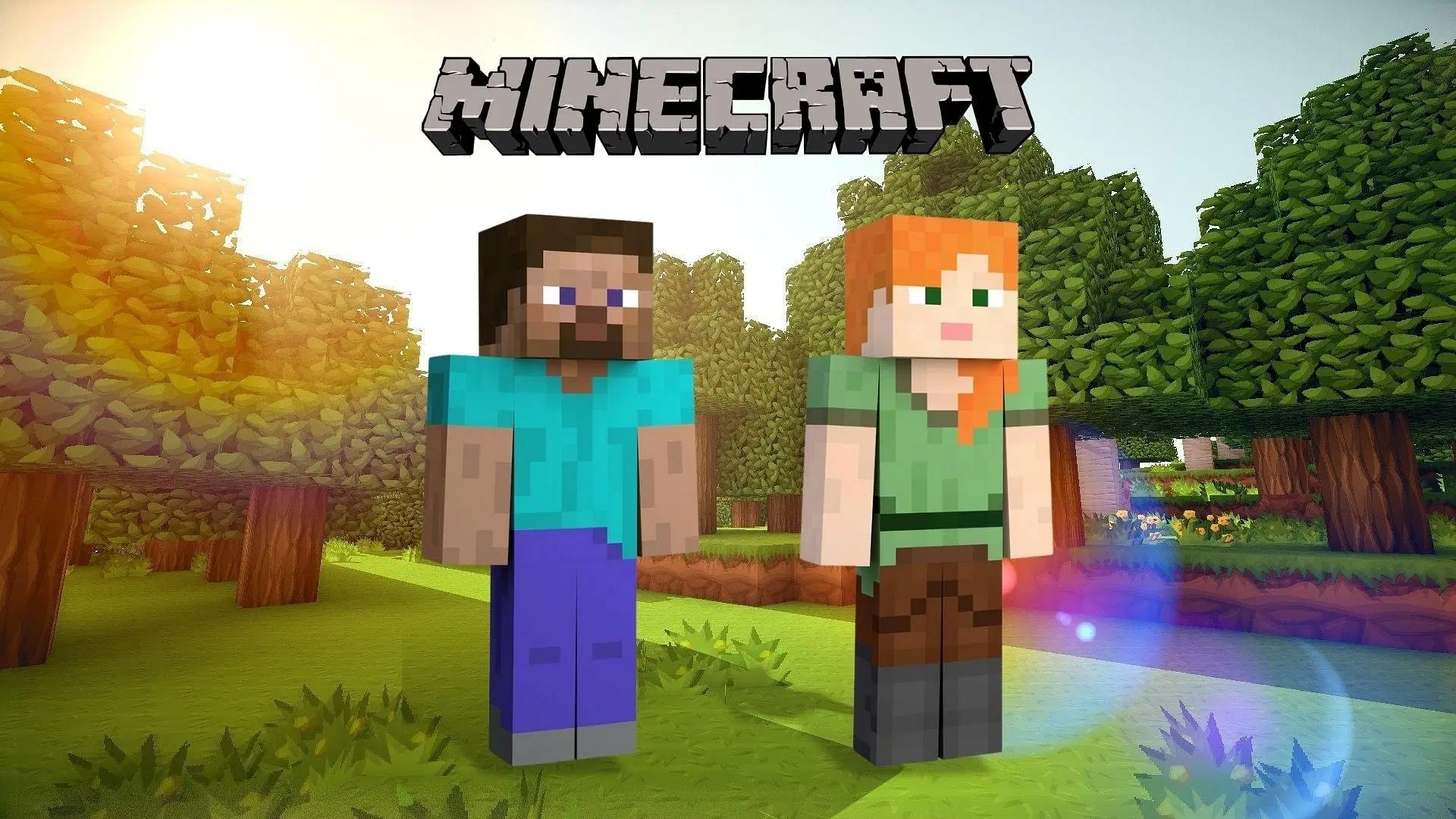Steve Martin 1960: Uncovering The Early Steps Of A Comedy Icon
Have you ever wondered about the very beginnings of a true comedic legend? It’s almost a little like looking back at the roots of a giant tree, trying to spot the tiny sprout. For someone like Steve Martin, a person who has brought so much laughter and joy to so many, his journey didn't just appear out of nowhere. There were, you know, very early days, moments that shaped the unique performer we all recognize and admire.
The year 1960, in a way, stands as a quiet but incredibly important point in the story of Steve Martin. He was a young man then, just on the cusp of figuring out his path. While the big lights and roaring crowds of his later career were still years away, this period, more or less, laid some very important groundwork. It was a time of exploration, of picking up skills, and of getting a feel for what it meant to entertain.
This article aims to take a closer look at that specific time, at Steve Martin in 1960. We'll explore what was happening around him, what he might have been doing, and how those quiet moments arguably contributed to the brilliant career that followed. It’s a chance to see the seeds of genius being planted, long before they bloomed into something truly spectacular.
Table of Contents
- Personal Details & Biography
- The Dawn of a Decade: 1960 and Young Steve Martin
- First Glimmers of the Stage
- The Comedy Landscape of 1960
- Shaping a Unique Voice
- The Road Ahead
- People Also Ask (FAQs)
Personal Details & Biography
To truly appreciate Steve Martin in 1960, it helps to know a little bit about his personal details. He was, in a way, still very much a young person, just beginning to find his way in the world. This table offers a quick look at some key facts about him.
| Detail | Information |
|---|---|
| Full Name | Stephen Glenn Martin |
| Born | August 14, 1945 |
| Age in 1960 | 15 years old |
| Birthplace | Waco, Texas, USA |
| Early Life Location | Garden Grove, California |
| Early Interests | Magic, comedy, music |
The Dawn of a Decade: 1960 and Young Steve Martin
A Time of Change
The year 1960, you know, was a really interesting time in America. It was a period of big shifts, with new sounds in music and different ideas about entertainment starting to bubble up. For a teenager like Steve Martin, growing up in California, this was the environment he was absorbing every day. It wasn't quite the wild, counter-culture explosion of the later 60s, but the seeds of change were definitely there, and a young person, like your average teenager, was very much taking it all in.
The entertainment world, too, was undergoing a quiet transformation. Television was becoming a central part of family life, and live performance, while still popular, was starting to adjust to this new reality. So, a person interested in making people laugh, as Steve Martin clearly was, had to think about where their act might fit. It was a time, actually, where many different paths were opening up for young, creative people.
Think about it: the music scene was getting ready for new sounds, and comedy was also, in some respects, looking for fresh voices. It was a period that, quite honestly, offered a lot of possibilities for someone with a unique outlook. Steve Martin, then a young man, was right there, living through these subtle shifts, and you know, probably forming his own thoughts on how things worked.
Early Influences and Aspirations
Even at 15, Steve Martin was already showing signs of a deep interest in performing. He spent a lot of his free time, you know, at Disneyland, which was a pretty magical place for a kid. He worked there, selling guidebooks and then later in the Magic Shop. This wasn't just a typical teenage job; it was, arguably, a kind of informal training ground for him.
Working at the Magic Shop, he picked up tricks, learned about timing, and saw how to engage an audience, even a small one. He was, literally, learning the mechanics of making people smile and gasp. This early exposure to magic, and the art of illusion, seems to have had a pretty big impact on his developing style. It taught him about misdirection, about building anticipation, and about the sheer joy of a well-executed surprise, which, as a matter of fact, is pretty key to comedy.
His interest wasn't just in magic, though. He was also, quite naturally, drawn to comedy itself. He studied comedians he admired, trying to figure out what made them funny. This was a very active kind of learning, not just passively watching. He was, you know, deconstructing performances, trying to understand the bits and pieces that made them work. This early, dedicated approach to learning his craft, even as a teenager, really set him apart.
So, in 1960, while many teenagers were focused on school or typical hobbies, Steve Martin was already, in a way, immersed in the world of performance. He was observing, practicing, and absorbing everything he could. It was a quiet period of intense preparation, even if he didn't fully realize it at the time. This foundation, you know, would later prove to be incredibly valuable.
First Glimmers of the Stage
Magic and Mirth
The magic shop at Disneyland was, honestly, a pretty special place for Steve Martin. It wasn't just a place to earn some money; it was, you know, his first stage. He would perform tricks for customers, practicing his patter and his sleight of hand. This gave him a chance to try out different ways of speaking and moving, to see what kind of reactions he got from people. It was, more or less, his first real-time feedback loop on performance.
He was learning how to hold an audience's attention, even if that audience was just a few curious shoppers. He discovered that a good trick wasn't just about the mechanics; it was also about the presentation, about the jokes you told, and the personality you brought to it. This blending of magic and humor, you know, became a hallmark of his later style. It was a very early indication of his unique approach to entertainment.
So, while he wasn't yet doing stand-up comedy in a club in 1960, he was definitely honing skills that would be absolutely essential for it. He was learning how to command a small space, how to make people laugh with words and gestures, and how to create a memorable moment. It's almost like he was building a toolkit, piece by piece, that would serve him well for years to come. This period, in a way, was his informal comedy apprenticeship.
Learning the Ropes
Beyond the magic shop, Steve Martin was also, apparently, starting to perform in other small venues. These might have been local talent shows, school events, or even just impromptu performances for friends and family. These early attempts, you know, were crucial for building confidence and getting a feel for different types of audiences. Every single one was a chance to learn something new about what worked and what didn't.
He was, in a way, experimenting with different comedic approaches. Perhaps he tried out some observational humor, or maybe some physical bits. These were the very first steps on a long road, and each step, you know, helped him understand his own strengths and weaknesses as a performer. It's a bit like a musician practicing scales before playing a big concert; these were his scales.
Think about other famous "Steves" in entertainment. Steve Carell, for instance, who was born just a couple of years after 1960, in 1962, also found his way into comedy through various avenues, eventually becoming one of America's most versatile comics. Like Carell, Martin's early experiences, however small, were vital for his development. They provided a space to fail, to learn, and to slowly, but surely, find his comedic voice. This period, arguably, was less about grand successes and more about foundational learning.
These early performances, even if they were just for a handful of people, were incredibly important. They gave him a chance to connect with others through humor, to see the immediate impact of his words and actions. It was, really, the very start of a lifelong relationship with making people laugh, and that, you know, is a pretty special thing to discover at a young age.
The Comedy Landscape of 1960
What Audiences Liked
In 1960, the comedy scene was, more or less, dominated by a certain kind of humor. Audiences typically enjoyed jokes that were pretty straightforward, often relying on punchlines and familiar setups. Think about the popular comedians of the time: many of them delivered polished routines that were, you know, designed to get predictable laughs. It was a time when clean, family-friendly humor often ruled the airwaves and club stages.
Stand-up comedy, as a form, was definitely present, but it hadn't yet reached the experimental heights it would in later decades. Comedians often wore suits, told jokes, and then, you know, moved on to the next one. The focus was usually on the gag itself, rather than on a larger, more abstract comedic persona. This was the environment that a young Steve Martin was observing and, in a way, reacting to.
So, when you consider what Steve Martin would later become, his early exposure to this more traditional style of comedy is actually pretty interesting. He was seeing what was expected, what got laughs, and what the general public was used to. This background, you know, would later allow him to intentionally break those molds and create something truly different. It's like knowing the rules really well before you decide to, you know, bend them.
Breaking New Ground
Even at a young age, Steve Martin had a mind that seemed to work a little differently. While he was learning the traditional magic tricks and comedic setups, he was also, apparently, thinking about ways to twist them. He wasn't just interested in repeating what others had done; he wanted to find his own way to be funny. This inclination to, you know, go against the grain was present very early on.
His later comedy, of course, became famous for its absurdism, its self-awareness, and its rejection of typical punchlines. This unique style didn't just appear overnight; it was, arguably, a gradual development that started with those early observations in 1960. He was seeing the established ways of doing things and, perhaps, quietly dreaming up alternatives. It’s almost like he was taking notes on what *not* to do, in a way, to carve out his own space.
So, while 1960 might seem like a quiet year in his public story, it was a time of internal processing and germination. He was absorbing the comedic norms of the era and, at the same time, probably starting to formulate ideas that would eventually push those boundaries. It was a very subtle, yet important, period for the development of his truly distinctive comedic voice. He was, you know, preparing to be a pioneer, much like Steve Jobs was a charismatic pioneer of the personal computer era, in his own field.
Shaping a Unique Voice
Beyond the Traditional
Steve Martin's comedic approach, as it developed, really moved past the usual. He didn't just tell jokes; he created an entire experience, often making the audience part of the joke itself. This kind of performance, you know, was very different from what most people were used to in 1960. It was a more conceptual kind of funny, less about a quick laugh and more about a sustained feeling of delightful confusion or absurdity.
His early exposure to magic, as we talked about, played a big part in this. Magic often relies on misdirection and setting up expectations only to subvert them. Steve Martin applied these principles to comedy. He would build up a routine, making the audience think one thing, and then, you know, completely pull the rug out from under them with something unexpected. This was a pretty clever way to make people laugh, and it felt very fresh.
So, in 1960, even though he was just a teenager, he was already laying the groundwork for this unique approach. He was learning how to control a performance, how to use his body and voice, and how to create a sense of anticipation. These were the basic building blocks for what would become his signature style. It was, arguably, a very hands-on education in the art of performance, you know, long before he hit the big time.
The Path Less Traveled
The path Steve Martin chose, or perhaps just stumbled upon, was definitely not the most common one for comedians of his time. He didn't just go to comedy clubs and try to fit in with the existing acts. Instead, he was, in a way, forging his own path, combining elements of magic, music, and a very distinct kind of observational humor. This willingness to be different, you know, started very early.
His time working at Disneyland, for example, gave him a unique perspective on entertainment. He saw how people reacted to different kinds of shows, and he got a feel for what truly engaged them. This practical experience, you know, was probably more valuable than any formal training he could have received at that age. It was a real-world laboratory for his developing comedic ideas.
Think about the name "Steve." It's a masculine given name, usually a short form of Steven or Stephen. While "Steve Steve" might sound a bit repetitive, the individual nature of each "Steve" is what matters. Just as Steve Jobs cofounded Apple with Steve Wozniak in 1976, creating something new, Steve Martin was, in his own way, co-founding a new comedic style. He was, actually, figuring out how to be an individual, to stand out in a field that often rewarded conformity.
So, in 1960, Steve Martin was more or less beginning to understand that his strength lay in his originality. He wasn't trying to be like anyone else; he was, quite naturally, trying to be himself, only funnier. This early dedication to developing a unique voice was, really, what set him up for his later success. It's a pretty powerful lesson for anyone looking to make their mark.
The Road Ahead
Building Blocks
The year 1960, in a way, was just one small piece of a much larger puzzle for Steve Martin. It was a time when he was gathering experiences, learning skills, and, you know, slowly figuring out what he wanted to do. Every magic trick he performed, every laugh he got, every observation he made about the world around him, was a building block for his future career.
He was, arguably, developing a deep understanding of performance, of timing, and of how to connect with people. These fundamental skills, you know, are essential for any kind of entertainer, and he was acquiring them in a very hands-on way. It wasn't just about being funny; it was about being a performer, a showman, someone who could truly command a stage. This period, in short, was about mastering the craft, piece by piece.
So, while the bright lights of Hollywood were still far off, the foundations were being laid. He was, actually, learning how to put on a show, how to make people feel something, and how to create memorable moments. It’s a bit like a chef learning to chop vegetables perfectly before trying to create a gourmet meal; these were his fundamental techniques.
What Came Next
After 1960, Steve Martin continued his journey, moving from Disneyland to college, and then to writing for television shows. These later steps, you know, were a natural progression from the groundwork he laid in his teenage years. His unique perspective, honed during those early days, found new outlets and new audiences.
He would eventually become a huge star, known for his stand-up comedy, his acting roles, and his writing. His influence on comedy is, honestly, still felt today. But it all started somewhere, and that somewhere, for a young Steve Martin, was in the quiet, formative moments of the early 1960s. It was a time of exploration, of learning, and of, you know, slowly but surely finding his true calling.
His story, in a way, reminds us that even the biggest stars have very humble beginnings. It’s about the dedication, the practice, and the willingness to keep learning, no matter how small the stage. And that, you know, is a pretty inspiring thought for anyone with a dream. Learn more about comedy's pioneers on our site, and link to this page for a full career timeline.
People Also Ask (FAQs)
What was Steve Martin's first job in entertainment?
Steve Martin's first job that truly involved entertaining people was at Disneyland. He started by selling guidebooks, but then he moved to the Magic Shop. There, he would perform magic tricks for customers, which was, you know, his very first experience with live performance and getting reactions from an audience. This was, arguably, a pretty formative experience for him, teaching him a lot about engaging people.

Minecraft Steve regrows beard after more than a decade | Eurogamer.net

Download 3D Minecraft Steve Wallpaper | Wallpapers.com

Steve Minecraft Realistic